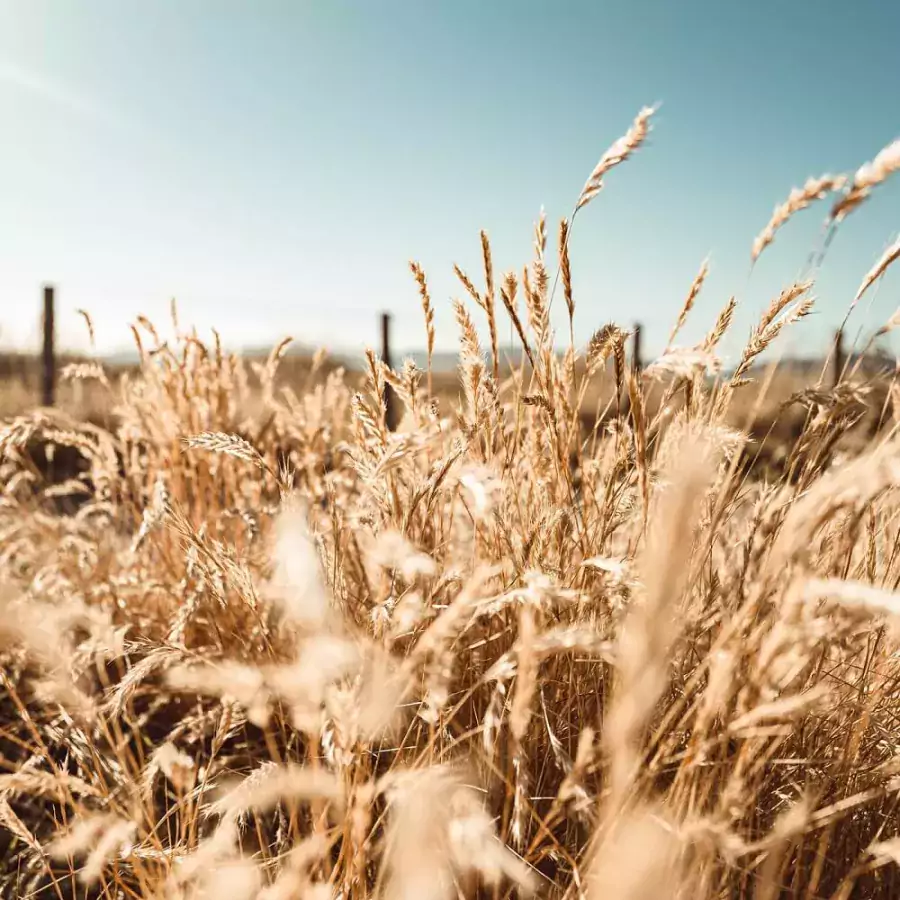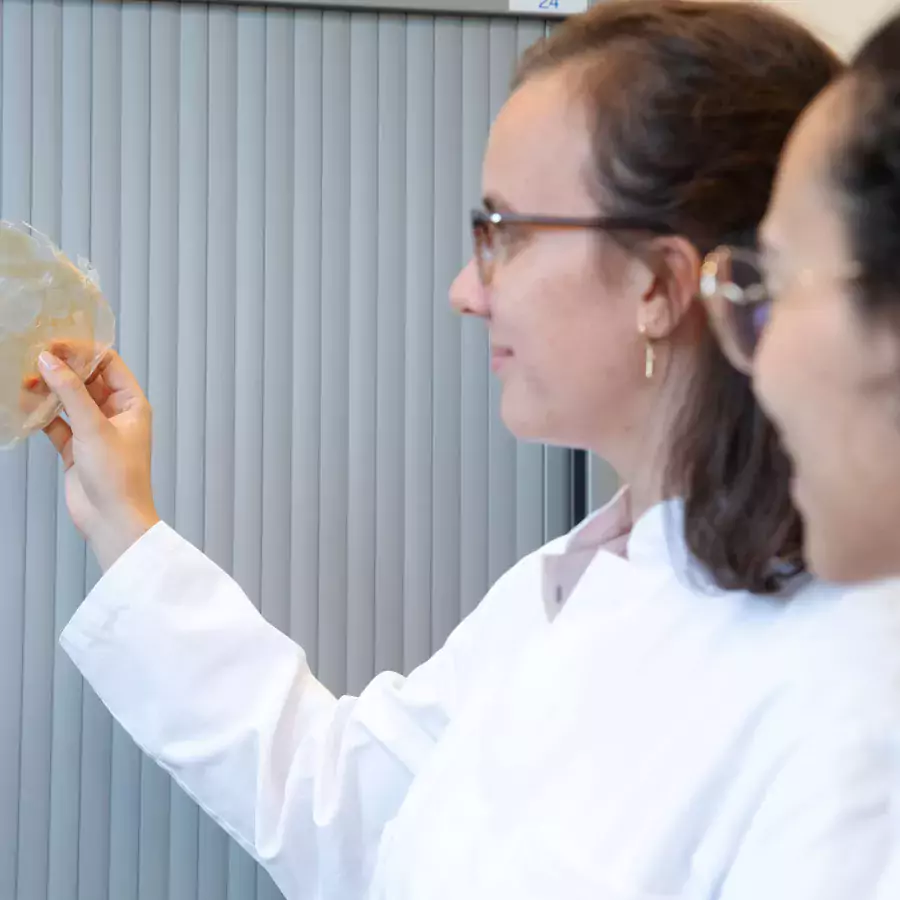What are pet food manufacturers doing to improve their sustainability? The Dibevo trade show in early October seemed like an excellent opportunity to find out the answer to that question. However, this turned out to be more difficult than expected. During the event, relatively little attention was paid to this theme. The protein sources currently used in pet food also appear to be largely the same as several years ago: mainly animal protein. So, we asked a number of stakeholders what the sector is doing to become more sustainable. What are the latest developments in sustainable pet food?
Benita Beekhof, manager of trade association NVG, says that their members are actively working to improve their sustainability. “Pet food is fairly sustainable to begin with because the sector uses many different co-products from the food industry, including category-3 animal fats. On top of that, alternative protein sources - such as insects or vegetable materials - are being used more and more. Unfortunately, I cannot give you any exact figures.”
Benita says that pet food companies are working on sustainability in other ways as well. “Think of things like reducing a company's carbon footprint, using reusable and recyclable packaging and reducing gas, water and energy usage. This applies to both the production and the transport of pet food.”
Circular ingredients
ProCeres’ Robert Czuprynski also sees a growing focus on sustainability in the pet food sector. His company specialises in gelatinising grains and offering circular ingredients. “Until quite recently, pet food manufacturers were mainly looking for ways to make their packaging more sustainable and improve the efficiency of their production process. With all due respect, those are low-effort solutions. The ingredients used have the largest impact on a product's carbon footprint. In recent years, the pet food sector's focus has gradually been shifting toward ingredients.”
“Upgrading residual streams to produce a high-grade animal feed ingredient is nothing new,” Anouk Hagens agrees. As a nutritionist at FeedValid, she works together closely with ProCeres. “In the mixed feed sector, residual streams are primarily used for economic reasons. In recent years, there has been a growing interest from the pet food sector as well. They are following the sustainability trend. Sponge fingers, for example, are isolated into a mono-stream that is used as a sugar-rich ingredient in pet food.”
Vegetable materials are becoming more popular’
Erik Roberts, product manager at Looop, also states that there has always been a demand from the pet food sector for circular co-products. “We do see a growing focus on this aspect and a stronger demand from the pet food sector.”
Unanswered questions
By next spring, ProCeres hopes to gain more insight into the impact of its products on the company's carbon footprint. Anouk: “At the moment, there are still many unanswered questions. How can you accurately measure a specific product's impact on your carbon emissions? Using bread flour instead of wheat, for example, will have a positive impact on your footprint. However, we do not have enough data available to precisely quantify this effect. We aim to present our circular products during Interzoo in May, along with specific information about each product's impact on the carbon footprint. That also means we can offer producers more clarity.”
Robert is confident that the use of circular ingredients in pet food will continue to grow in the years to come. “Pet food always follows human trends and sustainability is certainly one of them. However, many pet food manufacturers are somewhat reluctant because the use of circular raw materials is still relatively new for many of them.”
Delivery reliability is an issue
Quality and continuity are perhaps even more important for pet food than they are for farm animal feed. “The availability of circular raw materials varies, while manufacturers want the guarantee that these products will be available - and rightly so. Therein lies a challenge. Furthermore, pet food is a dynamic market with significant private-label production. When you have to produce a specific product on short notice, you have to have the right circular raw materials available at the right time,” Robert explains.
Growing use of vegetable materials
Robert says the most significant growth can be seen in the potato market. “Potato pieces or chips that are unsuitable for human consumption are dried using residual heat to ensure that energy doesn't go to waste. We also use residual heat to dry carrots. The end product is then used by pet food manufacturers.”
‘The ingredients used have the largest impact on a product's carbon footprint’
In the coming years, he expects the pet food sector to double down on its search for meat substitutes and alternative sources of protein. “Vegetable materials are becoming more popular. Pet owners are gradually realising that dogs are omnivores and dog food made (in part) of vegetable ingredients is just as good for them. It is a common misunderstanding that a dog's diet should consist primarily of meat.”
Erik: “Traditionally, the production of pet food relied heavily on the meat industry. Nowadays, however, the use of vegetable materials is growing. In this, the pet food sector is following the same trend we see in the human food sector.”
Alternative sources of protein
Besides the growing use of circular raw materials in pet food, Robert and Anouk expect to see other developments when it comes to sustainability. “For example, a lot of the meat used in pet food still comes all the way from Australia, which isn't exactly good for the carbon footprint. There's no reason not to use meat from Europe, which leads to significantly lower transport costs,” Robert says.
In-house potato drying line
Like ProCeres/FeedValid, Erik also sees a growing demand for potato products from the pet food industry. It is therefore not surprising that Looop began drying potato products on its own in-house drying line earlier this year. “Few wet streams are used in pet food - or in mixed feed, for that matter. That means these streams have to be dried first. We use residual heat to dry potato flakes or rejected chips. This heat is generated in an external biomass plant, which in turn runs on residual products to generate electricity.”
Author:
Daniël Kooistra © De Molenaar









